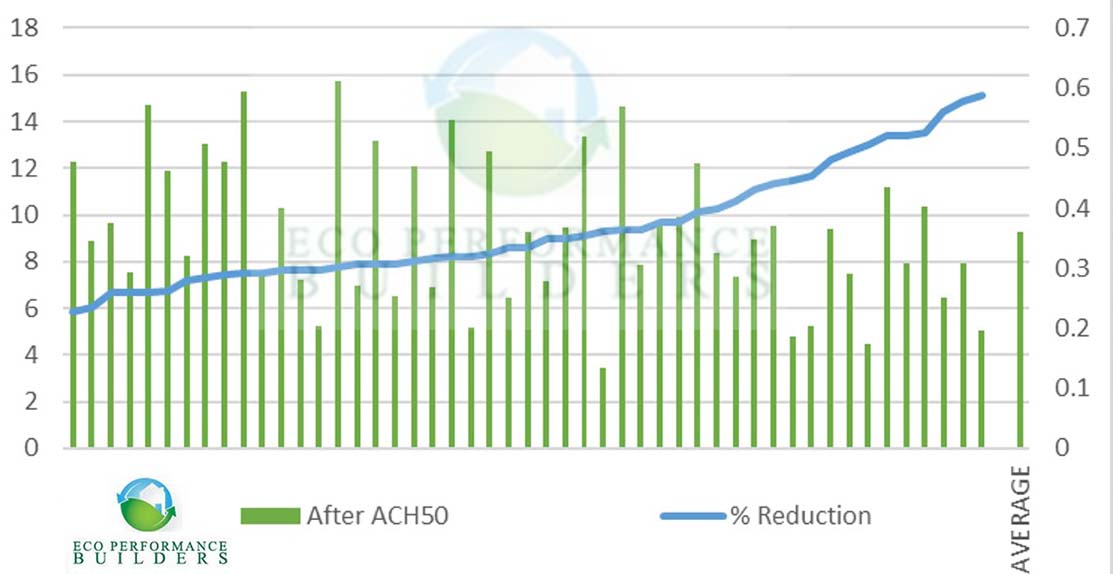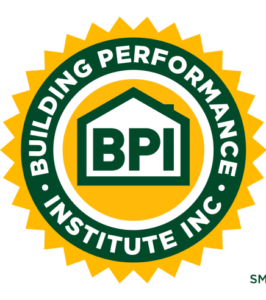We were honored to do two presentations at the Dry Climate Forum in Yosemite a few weeks ago. We shared our data on all electric fuel switching in the bay area and our measured wall insulation techniques.
This forum is where it’s at for increasing knowledge and quality within the home performance industry. Some of the smartest people in the country are here sharing their data on what works and what doesn’t and everyone in attendance is able to make changes based on this real field data. From air quality studies by Lawrence Berkeley National Labs to contractors showing hot water distribution efficiencies, there is so much to learn here.
For our first presentation we showed electrical usage data from homes that have fuel switched to all electric with heat pumps. We showed how unpredictable the modeling software is and what someone should expect for energy usage on a typical job. Of course, in order to fuel switch the homes to heat pumps we also air sealed and insulated them.
Below is a graph showing 12 homes that we switched from furnaces to heat pumps. Some also did heat pump water heaters and they all got full home performance retrofits with attic air sealing, R50 attic insulation, conditioned crawlspace, heat recovery ventilation systems (HRV), new engineered zero leakage ductwork, and all of it commissioned to work together. The home with the high usage chose to do a conditioned attic assembly and hired a spray foam contractor to insulate the roof of the attic. All of the other homes have traditional vented attics with a ton of cellulose over a perfectly air sealed ceiling.

Our other presentation was about bringing pride back to insulation quality. We shared data on our average building leakage reduction percentage (it was 38% over our last 50 jobs), measuring wall insulation quality, and how we should all thank our insulators for doing very hard, much needed, fantastic work! The data below shows how great things can be accomplished from simple air sealing measures without the use of spray foam insulation. All of these homes were sealed with simple gun foam air sealing measures like the picture below.


We also showed how we measure wall insulation installations by checking density each time and by practicing on a test wall that we built in our shop. We also detailed that the only good way to inject wall insulation is with the tube method. Most installs are happening by inserting a 90 degree elbow into a wall and hoping for the best. More details here

As one of the organizers of the forum, I am deeply invested in increasing air quality, comfort, and efficiency in our housing stock. This forum is a huge reason why we are able to get good results from our work and I encourage others to attend and present on their data.













